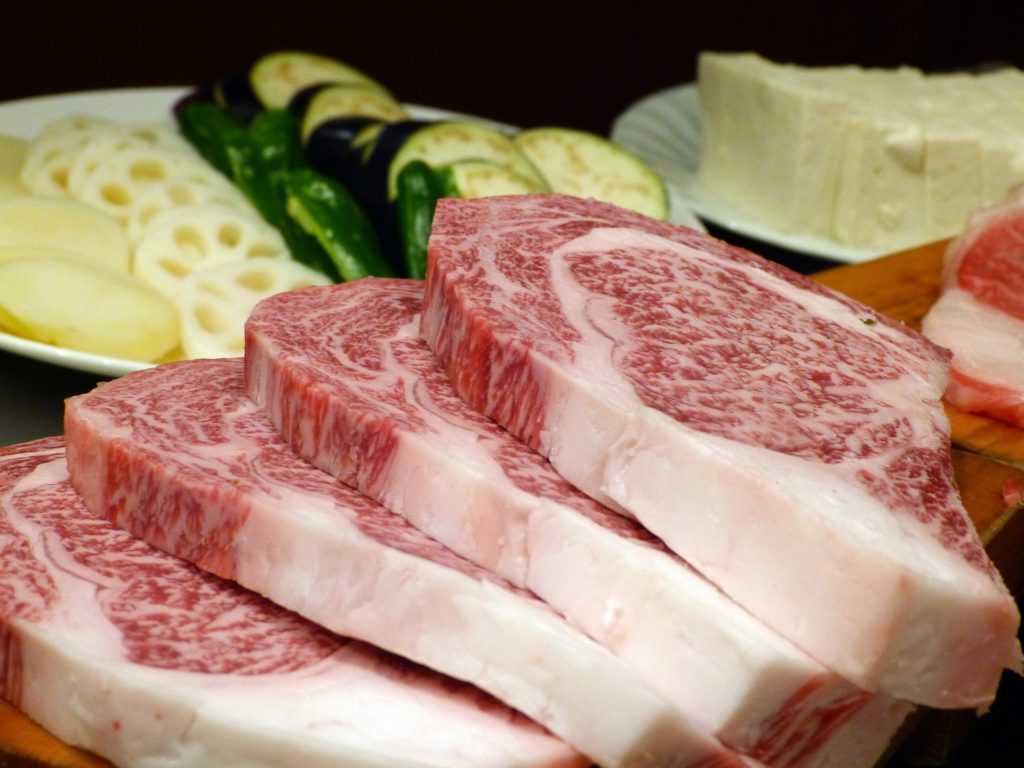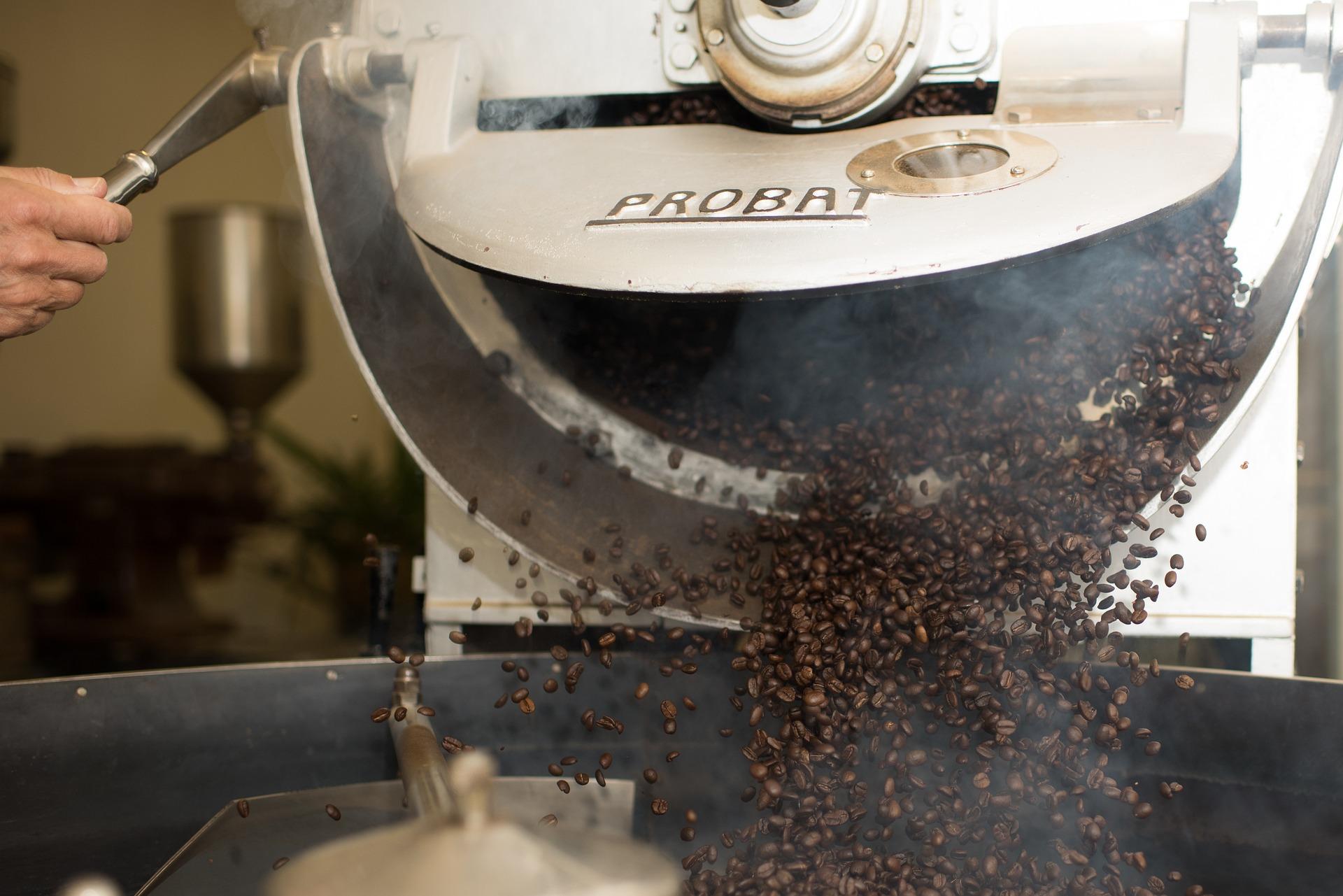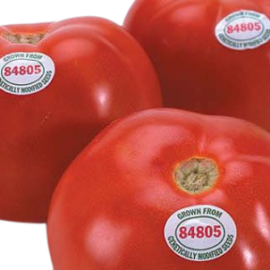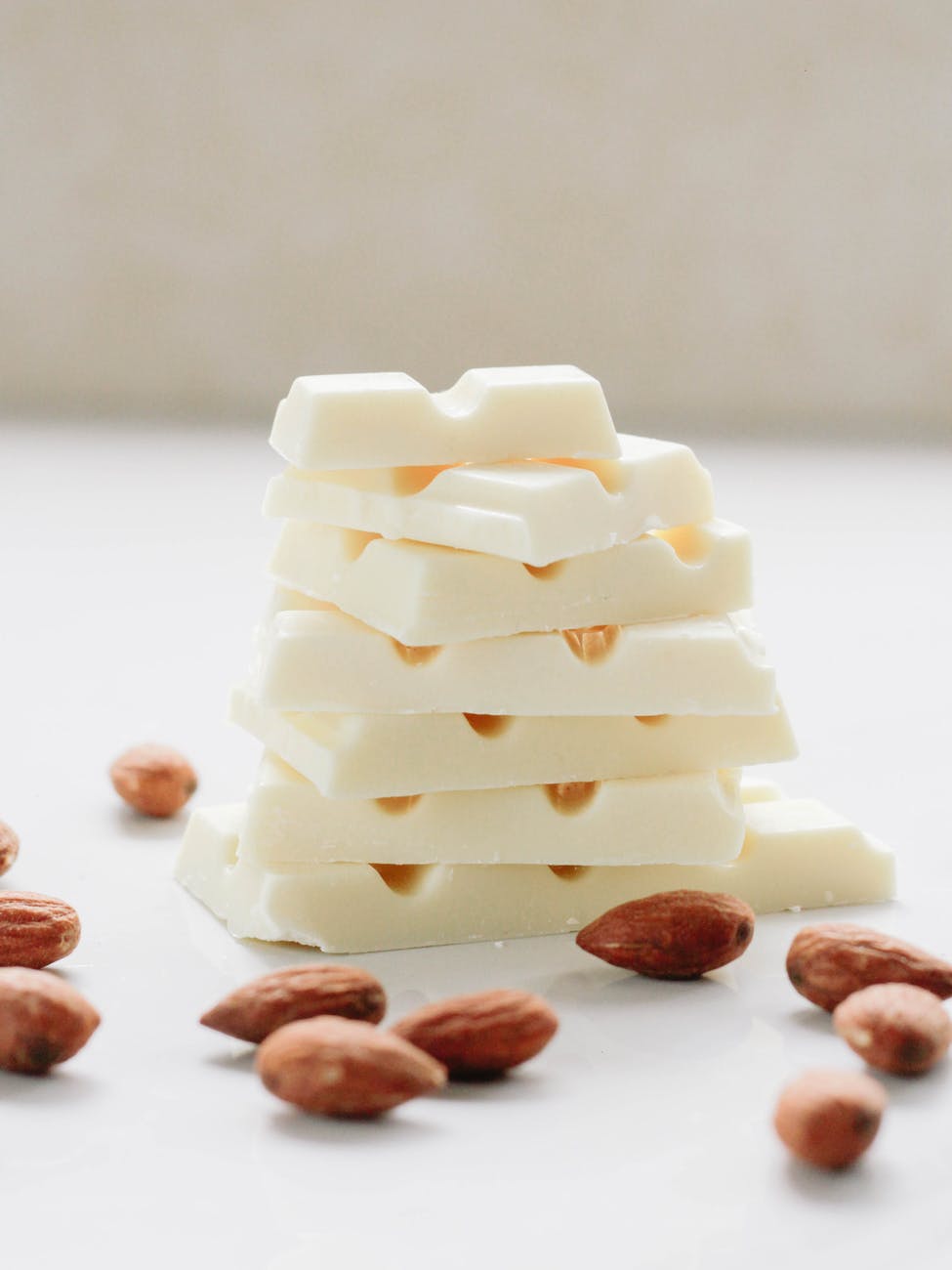
Wagyu beef from Japan is so expensive, yet one of the most sought after in the world. Its high-marbling (intramuscular fat) is highly prized and is one key factor that defines its quality.
Originally, Wagyu (means Japanese cow) refers to the 4 breeds of Japanese cattle: the Black, Brown, Short Horn, and Polled. Among these four, Black is more common. Today, Wagyu cattle are no longer exclusively raised in Japan; Wagyu cattle raising regions outside Japan include the United Kingdom, the United States, Australia, and Canada. The Wagyu cattle breeds are descendants of original Japanese Wagyu cattle, with farmers relying mostly on crossbreed. Even so, Wagyu beef is still hard to find in these places.
On average, you can get yourself some Wagyu beef steak, which can cost up to $200. While the rarest to find A5 Olive Wagyu steak can cost you somewhere between $120 up to $3000. Why the crazy expensive prices, and what makes it so special? Here are the 3 reasons why Japanese Wagyu beef comes with the high price tag.
1. Wagyu cattle are fed with a special diet
According to the USDA, typical cattle eat silage, which is made in silos; fermented grasses, alfalfa, or corn; and hay of dried grass or alfalfa. While grass comprises the majority of pastured cattle.
The diet for Wagyu cattle is very different though. Yes, they also pasture on fresh grass and hay of dried grass. But they also feed on not-so-typical foods for pastured animals.
The rarest Wagyu beef, A5 Olive Wagyu is from cattle raised in Shodoshima in Seto Inland Sea in Japan. There, the cattle feed on rice straw, ryegrass, and pressed dried olive pulp mixed in the feed.
Why olives? First, the area is known for the olive oil industry. If olives are plentiful in the area, why not feed them to the cattle, right? Second, the health benefits. When olives are added to the cattle’s diet, it makes its meat very rich in oleic acid, a healthy fat. In fact, CNCB reported that Olive Wagyu contains 62% oleic acid. And lastly, the fat makes the beef tastier and remarkably tender, as if the meat just melts and disintegrates in your mouth.
The famous Kobe Wagyu beef from Hyōgo Prefecture is made from Japanese Black cattle. This breed drinks a bottle or two of beer per day, especially during summer days. During such time, the temperature and humidity may affect the appetite of the cattle. And unusual eating pattern may affect the quality of the meat. Feeding the cattle with beer helps in stimulating their appetite. And as a bonus, a diet that includes beer seems to affect the quality of the meat positively.
In Australia, Wagyu cattle consume Cadbury’s chocolate. Yes, chocolate. In the last two months of their lives, the cattle are fed with expired Cadbury’s chocolate, mixed with cookies and candies.
You might also like: Meat Science: Is Brown Meat Bad?
2. Wagyu is considerably healthier than regular beef
For health-conscious individuals who love beef, they will not go wrong with Wagyu beef. In fact, Wagyu beef has always been compared with healthy food items such as olives and salmon.
Generally, red meats like beef and pork contain more saturated fat than white meat like chicken and fish. But it is not the case for Wagyu beef. That appealing marbling fat in Wagyu is composed primarily of monounsaturated fatty acid (MUFA). And against regular beef, Wagyu beef can have 300% more times the amount of MUFA. As you may already know, MUFA is so-called the “good fat” because it lowers the cholesterol levels, cuts the risks of developing heart disease, and improves the overall health.
Among MUFA, oleic acid is the most dominant in Wagyu beef. A 2006 study involved determination of oleic acid concentrations in the subcutaneous adipose tissues of the types of beef, which includes Wagyu, Hanwoo, Australian crossbred, corn-fed Angus, hay-fed Angus, and weaned Angus. The investigation revealed that oleic acid was more concentrated in Wagyu beef at 52.9% (the rare Olive Wagyu contains 62% oleic acid). The Korean Hanwoo beef came in second at 47.3%. Weaned Angus beef contained the least amount at 32.9%.
Because of the high percentage of MUFA in Wagyu beef, its cholesterol level is the lowest among meats; beats even the likes of chicken and fish meat. Furthermore, research shows that instead of raising the LDL (bad) cholesterol level, consuming Wagyu beef actually lowers it while increasing the HDL (good) cholesterol.
You might also like: Science Says Never Have Your Steak Well Done
3. Wagyu beef tastes better than regular beef
When it comes sensory characteristics, things are more subjective—depends on the individual’s preference. One good example of this is the doneness of steak. Some like a well done steak, while some like it medium rare.
However, there is no denying the superiority of Wagyu beef against regular beef. Many people who have experienced this luxury meat associate it with “buttery”, fattiness”, “hint of umami”, and “melt-in-your-mouth” experience. All of these are perceived desirable, and due in large part to the high concentration of fat or marbling.
In fact, the Wagyu Grading system grades Wagyu beef by its marbling, color, as well as texture. The A-grade Wagyu is the highest quality beef, and is graded on a scale of 1 to 5. The A5 Wagyu is the finest.
According to a research published by the Journal of Agricultural and Food Chemistry, 17 odor compounds are responsible for the sweet aroma of Wagyu beef (black cattle). The strongest of these compounds was trans-4,5-epoxy-(E)-2-decenal, a product derived from fatty acids. Well, the obvious reason for this is the dominating intramuscular fat, which plays an important role in the development of the characteristic aroma and flavor in Wagyu beef.
As for the juiciness and tenderness, MUFAs, too, are mainly responsible for this. They have a lower melting point (around 20℃) than saturated fats. Oleic acid, particularly, has a melting point 13.4°C, just below human body temperature. This is why Wagyu beef gives that melt-in-your-mouth sensation when eaten. Plus, oleic acid tends to lower the melting point of lipids in the beef, increasing the perception of juiciness.


